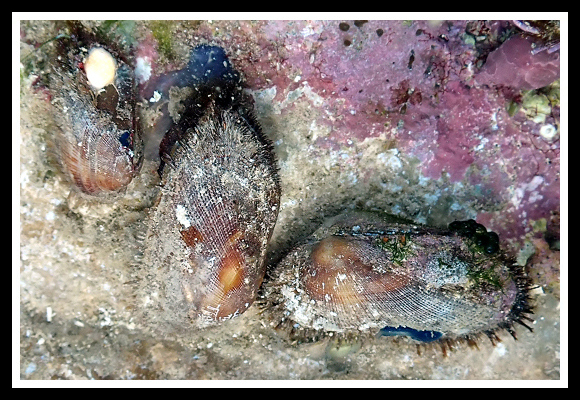
Mediterranean, Algarve to NW. Morocco. Abundant in the west, less common in the east. Intertidal to 300m deep. Attached to hard substract by a byssus that passes through a ventral gape. In the oldest specimens, the shape of the ventral margin is markedly adapted to the relief of the substract on which these animals live. Original taxon: Arca barbata. – Above: 2m deep, under stones, among the emergences of Šipun cave, northern shore of Rat peninsula, Tiha Bay, Cavtat, S. Croatia.

3-5m deep, on cliffs, Frioul island, Marseille, Provence, S. France. 41-48mm.

« Summits a little prominent, rather close-set, separated by a narrow, bevelled cardinal area. » – Bucquoy, Dautzenberg & Dollfus: Les mollusques marins du Roussillon vol. II, Paris 1887-1898, p.183. Due to its dense pilosity, the shell is never colonized by sponges such as the Crambe crambe that is commonly found on Arca noae. Original drawing created by J. Higueras Gimenez (ES) – (CC BY-NC-ND).
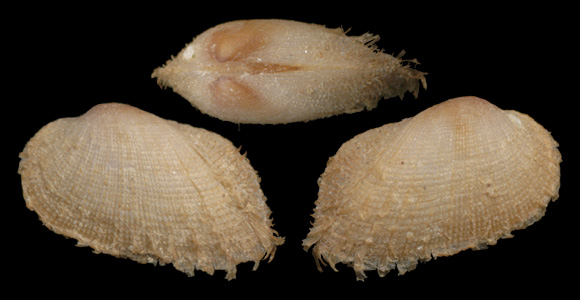
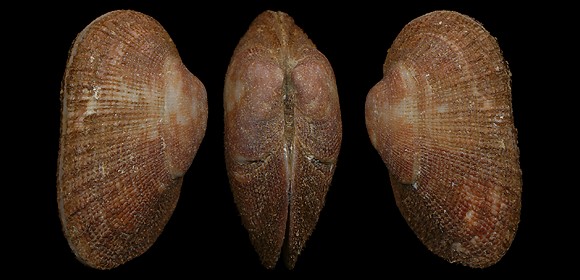
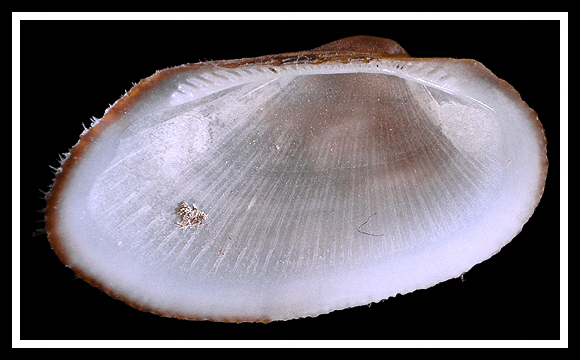
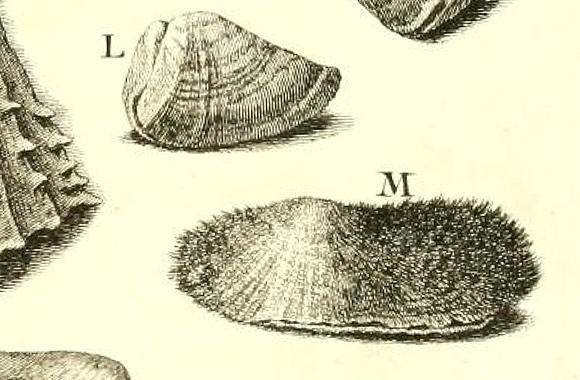
Adult specimen in Dézallier d’Argenville: L’histoire naturelle… Paris, 1742. « La Telline M, est couverte de son Epiderme ou d’un drap marin brun, dont on aperçoit plusieurs poils. »
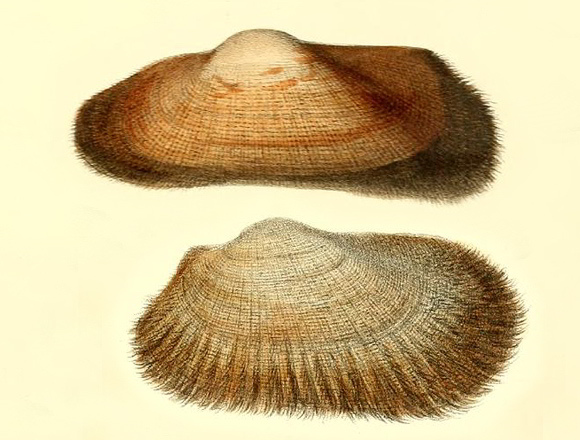
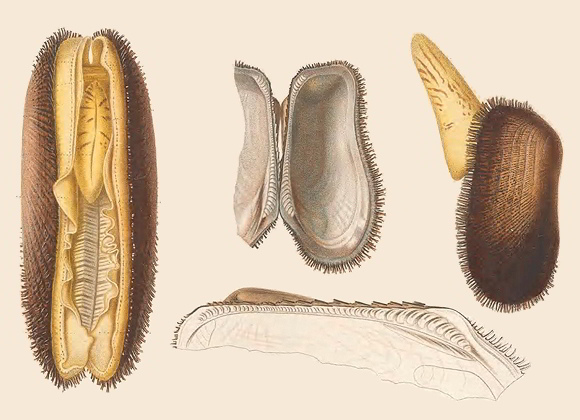

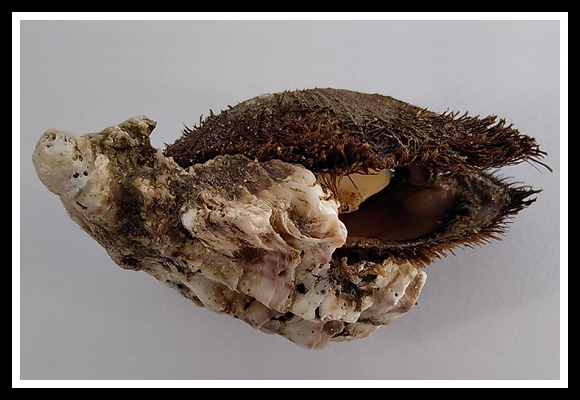
– (CC BY-NC-SA) –

